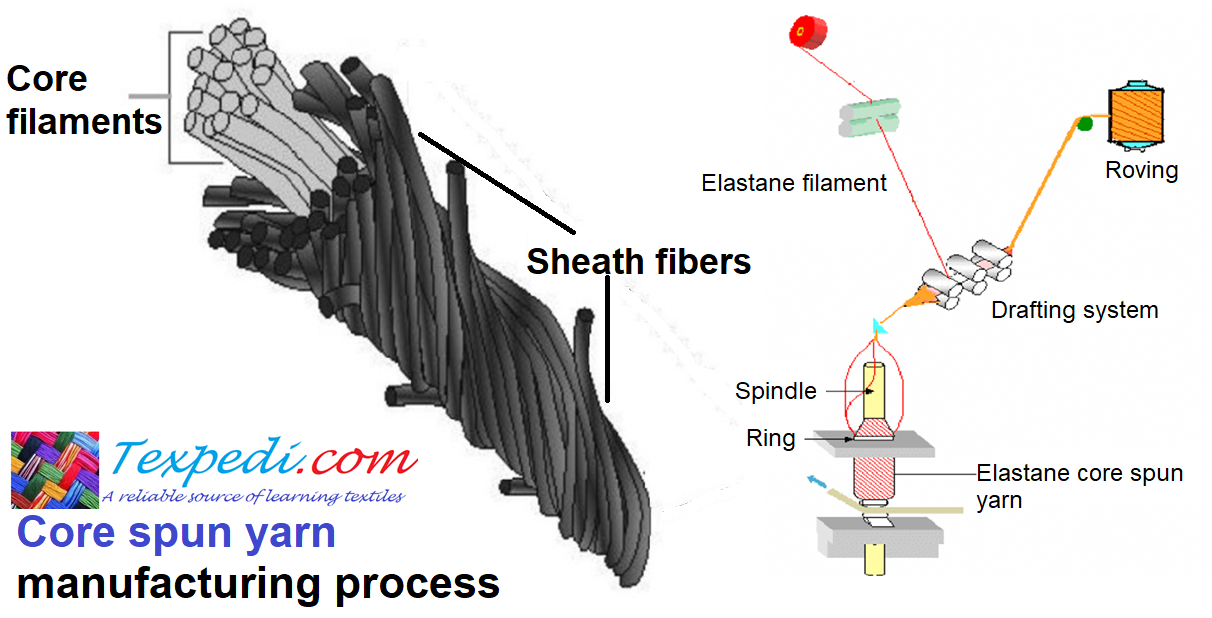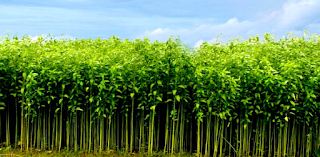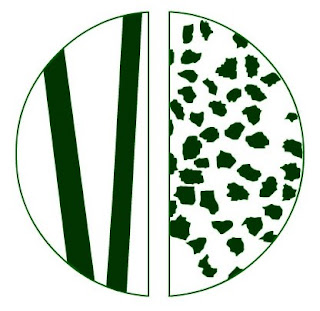Jute fiber is a promising reinforcement for use in composites on account of its low cost, low density, high specific strength and modulus, no health risk, easy availability, renewability and much lower energy requirement for processing. In recent years, there has been an increasing interest in finding new applications for jute fiber-reinforced composites that are traditionally used for making ropes, bags, Hessians, sacking, mats, and carpet. To protect the environment, consumptions of wood should be reduced that will increase the number of tree in the world which can maintain the balance in nature. A major portion of woods is used for making home furniture, household products and building and constructions. In all these cases wood can be replaced by composite materials made from natural fibers like jute, hemp, coir, sisal etc. Jute fiber composites enjoy excellent potential as wood substitutes in view of their low cost, easy availability, saving in energy and pollution-free production.
Introduction:
A composite material is one in which two or more materials of different structures, properties are combined to form a single structure with identifiable interfaces at multi-scales to achieve properties that are superior to those of its constituents. In general, composite can be defined as a selective combination of dissimilar material formed with a specific internal structure and with a specific external shape or form. Composites are designed to achieve unique mechanical properties and superior performance characteristics not possible with any of the component material alone.[1]
Manmade fibers using glass, carbon, boron etc. are being used as reinforcing materials in the fiber-reinforced plastics which have been widely accepted as materials for structural and non-structural applications. The main reason for the interest in fiber-reinforced polymer composites, FRPs is due to their specific modulus, high stiffness and strength to weight ratio compared to other conventional materials. However, these materials are prohibitively expensive in their use for other general-purpose and applications.[2]
For the past several years, public attention has gone on natural fibers as a resource due to fast growth. Nowadays, natural fibers are widely used as reinforcement both in partially and totally biodegradable natural fiber composites. Natural fibers are an alternative resource to synthetic fibers as reinforcement for polymeric materials for the manufacture of cheap, renewable and environmental friendly composites. Waste plastic has caused unbearable stress to the environment in recent years. Environmental awareness, new-rules and legislation are forcing industries to seek new materials which are more environmentally friendly.
Plant fibers from agricultural crops are renewable materials that have the potential for creating green products and replacing synthetic materials which are currently being used such as glass fiber, carbon fiber and plastic fibers. The combination of bio fiber and biopolymer could be the products of fully biodegradable composites. Among others, natural fibers (e.g. flax, jute or sisal) reinforced materials have important significance for reduction of density in automobile construction components due to their higher specific stiffness and specific tensile strength.[3]
Considering the recent studies, investigating the mechanical properties of the Jute/Polypropylene composite structures is significantly important. From the point of view of wood substitution, jute composites could be an ideal solution. With ever depleting forest reserves, a composite based on renewable resources is poised to penetrate the market. Indigenous wood supply for the plywood industry having been stopped virtually and with increasing landed cost of imported plywood.
The following objectives can be focused while preparing the Jute/Polypropylene composite:
- To evaluate the composite material in terms of tensile, bending properties.
- Investigation of the feasibility of using produced composites as the substitutes of conventional wood or wood-based plywood.
- To maintain environmental balance by saving the trees.
Jute Fiber
Jute fiber is obtained from two herbaceous annual plants, white Corchorus capsularis (white jute)originating from Asia and Corchorus olitorius (Tossa jute) originating from Africa. Next to cotton, it is the second most common natural fiber, cultivated in the world and extensively grown in Bangladesh, China, India, Indonesia, and Brazil. [4]. The jute plant grows six to ten feet in height and has no branches. The stem of the jute plant is covered with thick bark, which contains the fibers. In two or three month time, the plants grow up and then are cut, tied up in bundles and kept under water for several days for fermentation.
Thus, the stems are retted and the fibers from the bark become loose. Then the cultivators pull off the fibers from the bark, wash very carefully and dry them in the sun. Jute is multicelled in structure. The cell wall of fiber is made up of a number of layers: the so-called primary wall (the first layer deposited during cell development) and the secondary wall (S), which again is made up of the three layers (S1, S2 and S3). As in all lignocellulosic fibers, these layers mainly contain cellulose, hemicellulose and lignin in varying amounts.
The individual fibers are bonded together by a lignin-rich region known as the middle lamella. Cellulose attains the highest concentration in the S2 layer (about 50%) and lignin is most concentrated in the middle lamella (about 90%) which, in principle, is free of cellulose. The S2 layer is usually by far the thickest layer and dominates the properties of the fibers [5].
Polypropylene
Polypropylene is a polymer that combines versatility with a low price. It is a vinyl polymer and can be made with different tactics. Polypropylene is commonly made from the monomer Propylene by a Ziegler-Natta polymerization, the result is an isotactic polymer, in which all the Methyl groups are on the same side of the chain. Isotactic polypropylene has good mechanical properties as well as low density. It is non-polar Material.
The crystallinity is about 60 – 70% [6]. The crystalline isotactic polypropylene is insoluble in all common solvents at room temperature, it starts swelling and is finally dissolved by specific solvents only at temperatures generally higher than 100°C. Its tensile strength, Surface hardness and stiffness are higher than that of polyethene [6].
Outline of Methodology
Jute Polypropylene is being produced by compression moulding procedure.
Fiber Surface treatment:
The mechanical properties of a lignocellulosic fiber-reinforced composite depend on many parameters, such as fiber strength and modulus, fiber length, orientation, and fiber-matrix interfacial bond strength. A strong fiber-matrix interface bond is critical for high mechanical properties of composites. A good interfacial bond is required for effective stress transfer from the matrix to the fiber whereby maximum utilization of the fiber strength in the composite is achieved. Most research reviewed indicated the effect of alkali treatment in improving fiber strength, fiber-matrix adhesion and the performance of the lignocellulosic fiber composites [7].
Chemical modification of lignocellulosic fibers is necessary for increased adhesion between the hydrophilic fibers and hydrophobic matrix. The most promising approach seems to be one in which covalent bonds are formed between the fiber and matrix. As apparent from the above studies, one of the most common and efficient methods of chemical modification with successful results is the alkali treatment of fibers [8].
Compression Moulding:
Compression moulding is a manufacturing method in which the moulding material, commonly referred to as moulding compound, is placed in an open, heated and matched metal mould cavity. The mould is typically made from machined steel that will ensure a long service life. The mould is then closed with extreme pressure to force the fiber and resin compound into contact with all areas of the mould cavity.
Heat and pressure are maintained until the moulding material has cured. Composites are made by both untreated and alkali-treated jute fiber. The tensile and bending strength of those composites are analyzed and investigated.
Conclusion
Jute is a natural, Biodegradable, Low cost, available, renewable resources. Jute composites based on polypropylene matrix is cheap, high strength to weight ratio, capable of replacing woods and wood-based plywood, which in turn production of available jute plant and stop to reduce forest reserve is a positive influence on the greenhouse effect.
References
[1]Gon Debiprasad, Das Kousik, Paulpalash, Maity Subankar “Jute composites as a wood substitute” International journal of Textile Science 2012 1(6) 84-93.)
[2] (MOHAN KUMAR, G. C.” A Study of Short areca Fiber PF Composites” Proceeding of the World Congress on Engineering 2008 Vol II WCE 2008, July 2-4, 2008, London, U. K. )
[3] C.V. Srinivasa, K N. Bharath“Impact and Hardness properties of Areca Fiber-Epoxy Reinforced Composites” J. Mater. Environ. Sci 2(4) (2011) 351-356
[4] Booth and C. Price. Fibre, vegetable. Comprehensive polymer science Vol 7, pp 22. ed. by C., Pergamon, Oxford,1989.
[5] Per Ole Olesen. Perspectives on the performance of natural plant fibres. The Royal Veterinary and Agricultural University, Taastrup, Denmark. Conference 27 – 28 May 1999, Copenhagen, Denmark.
[6]Polymerwerkstoffe- lecture from Prof. Heindrich, IPF Dresden, Germany.
[7]Prasannakumari L and Pavithran C, “Influence of interfacial adhesion on the mechanical properties and fracture behaviour of short sisal fibre reinforced polymer composites”, European Poly. Jour., vol. 32, pp.1243-1250, 1996.
[8] John, Maya Jacob and Rajesh D, “Recent developments in chemical modification and characterization of natural fiber-reinforced composites”, Polymer Comp., pp.187-207, 2008. World Academy of Science, Engineering and Technology International Journal of Materials Science and Engineering Vol:7 No:4, 2013916 International.
Texpedi.com
Check out these related articles:







